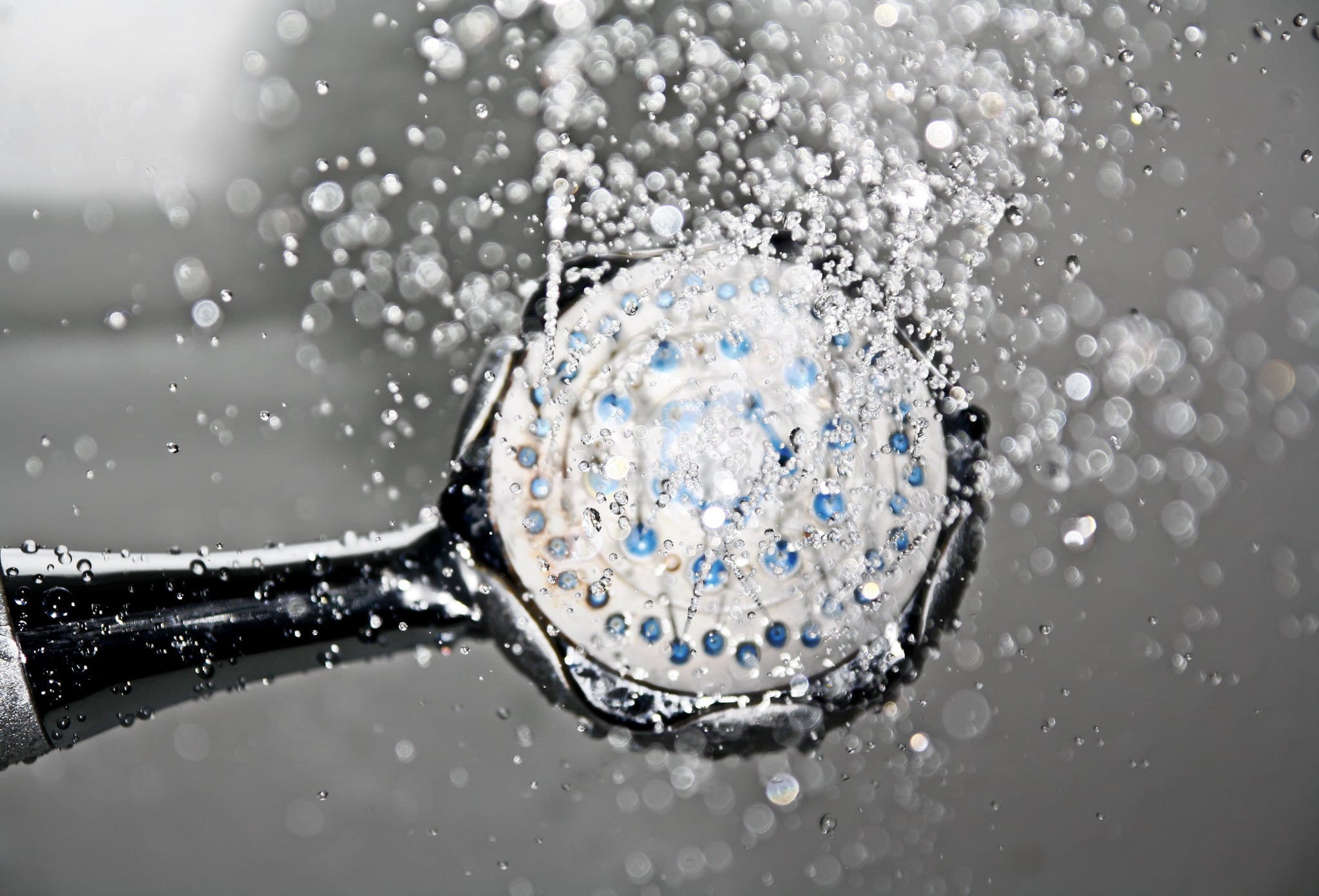Products You May Like
Welcome to the wonderful world of bacteria. This week, Legionella is trending after three patients tested positive for it in a Cincinnati hospital. The bacteria causes fever, cough, and shortness of breath, but some cases can cause Legionnaires’ disease, or severe Legionella pneumonia, says Amesh Adalja, MD, an infectious disease physician and a senior scholar at the Johns Hopkins Center For Health Security.
Legionella is often present in drinkable water, showers, air-conditioning units, ventilators, and other sources of industrial water, so people are often exposed to the bacteria in their everyday lives, says Dr. Adalja.
There is currently no vaccine to prevent Legionella bacteria from infecting humans, so it’s important to know the signs and symptoms of Legionella disease (aka Legionnaires’ disease) to help keep you healthy and safe.
What Is Legionella?
Legionella is a class of bacteria that is known to flourish in wet or moist areas, says Dr. Adalja. Outdoors, Legionella is known to live in wet soil, however the bacteria can also survive in water systems such as air conditioners, water faucets, hot tubs, or even the shower, per Mayo Clinic. That said, home and car air-conditioning units that do not use water to cool the air are not at risk for Legionella growth.
What Is Legionella Disease?
Also known as Legionnaires’ disease, Legionella disease is a very severe form of pneumonia that is caused by the Legionella bacteria, says Dr. Adalja. Legionnaires’ disease tends to disproportionately impact those who are elderly, those who reside in nursing homes, travelers, those with heart and lung disease, and those with immunocompromising conditions, he explains.
The symptoms of Legionnaires’ disease include fever, cough, shortness of breath, fatigue, and gastrointestinal symptoms such as diarrhea, adds Dr. Adalja. Symptoms usually begin two to 14 days after exposure to the bacteria, but in some cases symptoms may present a few weeks later, according to the Centers For Disease Control and Prevention (CDC).
What Is Legionella Pneumonia?
If you’ve seen the phrase “Legionella pneumonia” floating around, it’s just another way to refer the serious type of pneumonia caused by Legionella bacteria, also called Legionnaires’ disease. Research has found that Legionella is a common cause of hospital- and community-acquired pneumonia (such as in nursing homes), because the bacteria is spread through aerosolized water particles that are common in large and complex plumbing systems.
Legionella bacteria can also cause Pontiac fever, which is a milder illness that resembles the flu and causes fever, headache, chills, and muscle aches, according to Mayo Clinic. Pontiac fever typically resolves on its own and does not require treatment, but serious cases can cause complications and even death, so if you experience severe or prolonged symptoms, visit your doctor ASAP.
How Is Legionella Diagnosed and Treated?
If you think you’ve been exposed to Legionella bacteria, see your doctor immediately for a proper diagnosis and treatment. The sooner you test positive for Legionella or are diagnosed with Legionnaires’ disease the better, so you can shorten the recovery period and reduce the risk of serious complications.
If your doctor suspects you have been exposed to Legionella and are experiencing Legionnaires’ disease, they may perform a urine analysis, a chest X-ray, and blood tests, and they may take samples of your lung tissue for an accurate diagnosis, according to the CDC. From there, Dr. Adalja says that the disease can be treated with antibiotics.
How Can You Prevent Legionella Infection?
It can be difficult to avoid exposure to Legionella if the bacteria is present in your home or workplace, but you can prevent and reduce the risk of growth and/or spread. According to the CDC, water management programs are important for identifying hazardous conditions. This includes preventing water stagnation, ensuring adequate disinfection, and preventing sediment and biofilm, which can be breeding grounds for the bacteria. The bacteria also grows best in warm water, so if you have a hot tub, it’s critical to regularly monitor the levels of disinfectants and chlorine.
Overall, the United States Department of Labor suggests that good system design, proper facility and equipment maintenance, and routine cleaning and disinfection are best for preventing Legionella growth.
